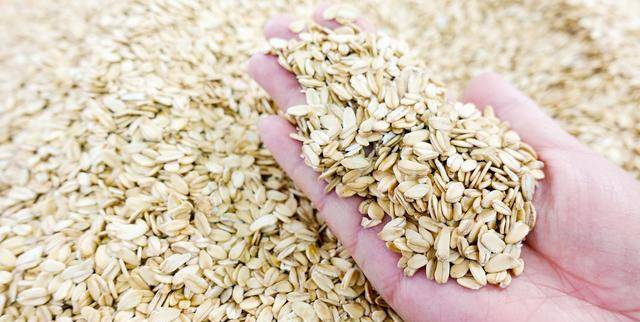In our daily lives, the kitchen is not just a place to cook delicious food, it also hides many “experts” that can help us regulate blood lipids, lose weight, and stay healthy. These “experts” are not only nutritious but also effectively help us control weight and maintain health. Next, let’s uncover the mystery of these blood lipid-regulating “experts” hidden in the kitchen together!
1. Oats
Oats are a low-sugar, high-fiber grain that is rich in dietary fiber and protein, which helps control blood sugar and lipid levels. In addition, the beta-glucan component in oats can slow down the absorption of sugars in the body, reducing fat accumulation. People who want to lose weight can consume oats appropriately, not only to regulate blood lipids but also to help control weight.
2. Garlic
Garlic is an ingredient with antibacterial, anti-inflammatory, and antioxidant properties, containing abundant allicin and vitamin C, which can help lower blood lipids and pressure. Additionally, garlic can increase the metabolic rate and promote fat burning. Adding garlic appropriately in cooking not only enhances the taste of dishes but also aids in weight loss and fat reduction.
3. Deep-Sea Fish
Deep-sea fish is rich in unsaturated fatty acids and protein, with EPA and DHA components that can help lower blood lipids and prevent cardiovascular diseases. Fish such as salmon, tuna, and cod are good choices. Moderately incorporating deep-sea fish into daily diet not only provides rich nutrition but also helps regulate blood lipids and reduce fat accumulation.
4. Nuts
Nuts are rich in healthy fats and protein, with components like alpha-linolenic acid and vitamin E that help lower blood lipids and prevent cardiovascular diseases. Walnuts, almonds, hazelnuts, among others, are good choices. However, it’s important to consume nuts in moderation due to their high calorie content to avoid excessive intake of calories.
5. Legumes
Legumes are low-fat, high-fiber ingredients rich in protein, dietary fiber, and minerals, which can help control blood sugar and lipid levels. Soybeans, black beans, red beans, etc., are good choices. Adding legumes appropriately in daily diet not only increases satiety but also helps scrape fat, aid in weight loss.
6. Tea
Tea is rich in various antioxidants such as catechins and thearubigins, which can help eliminate free radicals, lower blood lipids, and prevent cardiovascular diseases. Consuming tea in moderation not only boosts alertness but also aids in regulating blood lipids and maintaining health. Green tea, black tea, oolong tea are good choices.
7. Fruit and Vegetable Salad
Fruit and vegetable salads are rich in vitamins, minerals, and fiber, providing rich nutrition while helping control calorie intake. When making salads, adding some low-calorie, high-fiber vegetables and fruits like lettuce, cucumber, tomatoes, apples, etc., not only enhances taste but also aids in scraping fat, assisting in weight loss.
In conclusion, these blood lipid-regulating “experts” hidden in the kitchen can help us regulate blood lipids, control weight, and provide rich nutrition. By incorporating these ingredients into daily diet appropriately, we can enjoy delicious food while maintaining health. However, it’s important to note that everyone’s constitution and health condition are different, so diet should be tailored accordingly to avoid excessive calorie intake and unhealthy foods. Additionally, proper exercise is also an important factor in maintaining health. Combining diet and exercise can better achieve the goal of losing weight and staying healthy.


